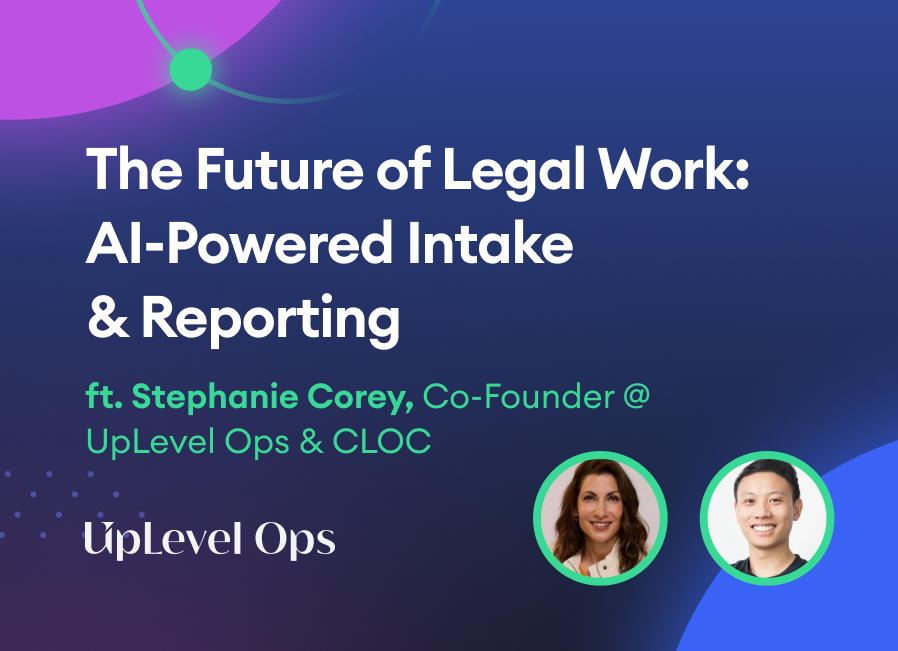Webinar
Implementing Generative AI at Pinterest Legal
Join us as we take a deep dive of Pinterest's journey with AI in transforming their manual legal@ shared inbox, leveraging Checkbox's AI legal chatbot to seamlessly handle queries trained on their company policies and playbooks.
- 05:31 Pinterest Legal org overview (IP, privacy, product, T&S, commercial)
- 06:43 Erin’s role: 70% contracts, 30% legal ops (commercial)
- 07:15 Efficiency as a top priority: people, process, tech
- 08:59 Right-sourcing work: stop/streamline/self-service vs legal
- 10:02 The shared inbox problem in legal intake
- 11:53 “Before” workflow: 70-page FAQ, manual triage, escalations
- 14:02 Setting boundaries; directing to wiki/policies
- 18:17 Turning on GenAI for the shared inbox
- 19:29 What “GenAI-powered inbox” means
- 20:02 Training data: converting the 70-page FAQ; UAT & iteration
- 22:39 Accuracy & hallucinations: test, refine, “don’t know” fallback
- 23:11 Security/scope: link out to internal wiki; minimize bot content
- 24:50 Restricting to @pinterest users; non-legal answers only
- 27:32 Handling edge cases: route to a human alias (plan: ticketing)
- 30:23 Change management: silent launch; monitor dashboard
- 34:52 Impact: remove repetitive work; better KPIs; team upskilling
- 37:50 Implementation: IT/OAuth (Okta), Outlook/Gmail forwarding
- 40:39 Maintaining the bot: upload/update source docs
- 43:23 Keeping content fresh: link to owners’ wiki pages
- 49:29 Measuring success: dashboard review; HITL oversight
- 52:46 Human-in-the-loop: trust but verify
- 52:46 View on AI’s near-term impact on legal (communication, speed)
See Related

Webinar
56 Minutes

Webinar
44 Minutes
.jpg)
Webinar
51 Min

Webinar
44 Minutes

Webinar
59 Minutes

Webinar
50 Minutes

Webinar
55 Minutes
.jpg)
Webinar
48 Minutes

Webinar
57 Minutes

Webinar
56 Minutes



.jpg)